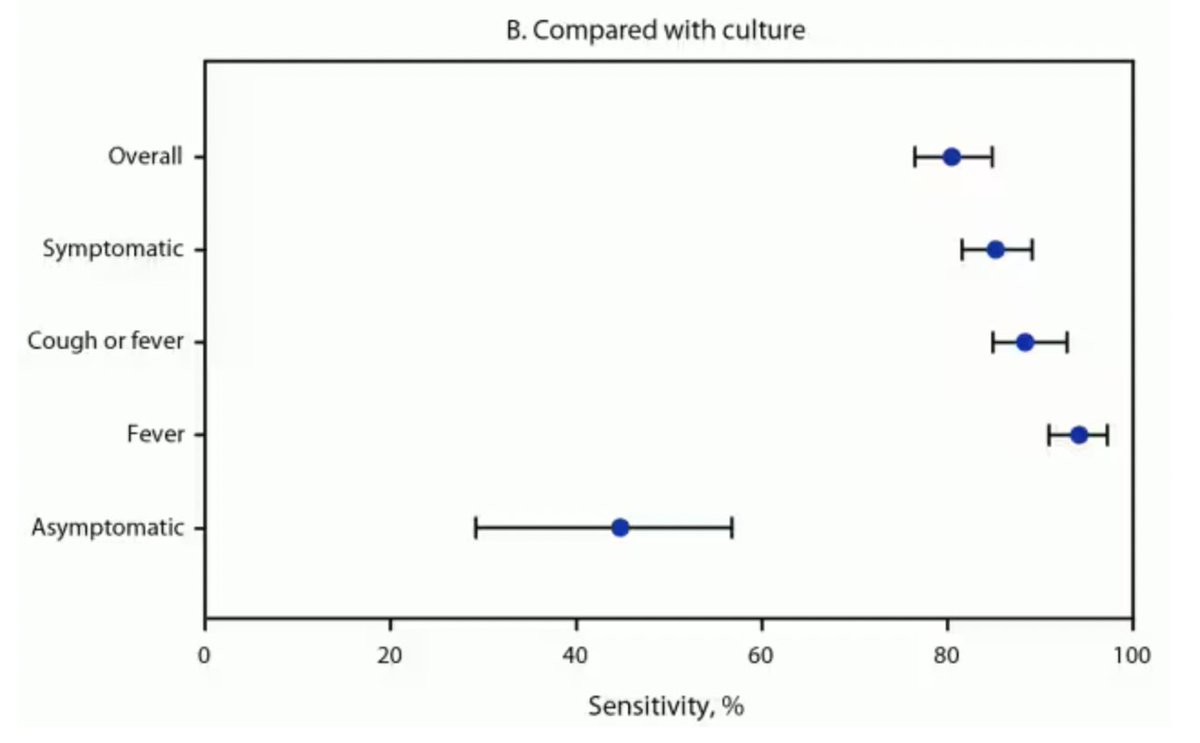This is incorrect- if you consider reduction in intrinsic severity (*less* than the reduction in *observed severity* which is due to disproportionate infection of immune people) one would consider this about as severe as the original variant which was *much more* severe than flu.
https://twitter.com/DrTomFrieden/status/1479937221184663556
This is important to consider given a large proportion of the globe, and even countries like the UK, US and Europe are not vaccinated. In the UK 30% remain unvaccinated.
and this is not even considering the impact of long COVID, which we currently don't even know with omicron, but even with the original variant, long COVID was an important consideration, causing multi-system damage and chronic illness in significant numbers.
You can't say a variant is less severe because it's disproportionately affecting people wouldn't have been infected by previous variants at all. For these people, the overall outcomes will in fact be worse with omicron than with delta simply because the infection risk is higher.
It's important communication around severity accounts for the risk of increased transmission, and the differences between the properties of the variant (intrinsic severity) and the observed severity due to who it infects.
Being 50% or so less severe intrinsically will not take this into flu range of severity- more into similar to or above original variant, but less than delta. And at population level, impact will also be determined by sheer numbers of cases.
Also the lower severity is compared to delta - which is far more severe than original, so it doesn't even take it to below original variant:
https://twitter.com/PaulLomax/status/1479405455852060673?s=20
• • •
Missing some Tweet in this thread? You can try to
force a refresh







